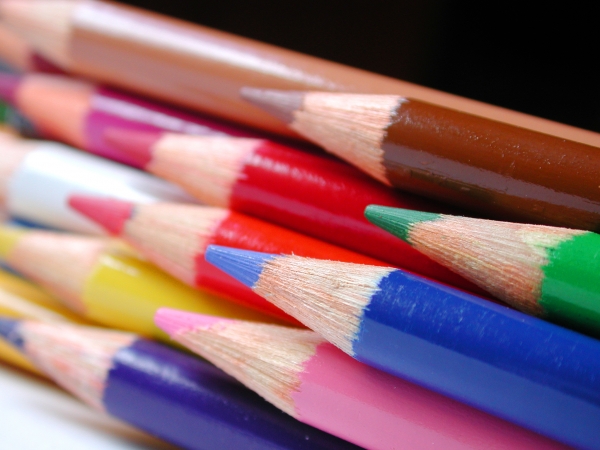


When I was a little girl, I used to think that I would grow up to either become a technologist or a doctor. The social culture and professional norms around me created a perception that developing analytical/logical skills were sufficient enough for pursuing these careers. As I joined the technology profession, I began to realize that having only “analytical sense” was not enough. limited my abilities to traditional situations with predictable outcomes. The shifting demands and novel models in the technology world required creative skills.
Over the past decades, technology innovation has been about computerization and automation. The next level of technology innovation requires creativity as opposed to automation. It requires a deeper understanding of human needs, insight of context and holistic thinking. It requires a mix of artistic sense combined with rational thinking.
Creativity is the foundation of artistic sense and the core of innovation.
Just like artists who use their creative sense to create new experiences, innovators use their creative sense to create better solutions for articulated & unarticulated needs.
Albert Einstein, Nobel Prize winner scientist quoted “Logic will get you from A to B. Imagination will take you everywhere.”
Creativity is a learnable skill. If you are not as creative as you would like to be, you can learn it.
Here are some of the techniques that can boost your creativity.
Nature is an inspiration for designers, scientists, artists and philosophers.
Alexander McQueen, British fashion designer and formal chief designer at Givenchy stated “There is no better designer than nature. ”
Spending time in a nature helps revitalize our mind. Nature unlocks creativity, imagination and artistic sense. According to an article published by National Geographic News.
“Connecting With Nature Boosts Creativity and Health. A study at University of Kansas found that young people who backpacked for three days showed higher creativity and cognitive abilities.”
In another study conducted by “The Wilderness Society” participants went on hiking trips in the wildernesses of Colorado, Maine, Washington and Alaska for four to six days before taking creativity tests. The tests showed significant improvement in creative thinking.:
According to leadership coach Robin Sharma ” I often get my best business ideas from non-business magazines. Music magazines, design magazines and travel magazines share the worldview of people who think differently.”
Innovation also results from collaboration and by building on ideas from others. If you combine your thoughts with the thoughts of others, you will come up with new thoughts.
Linus Pauling , American chemist, who published more than 1200 papers and books quoted: “The best way to get a good idea is to get lots of ideas.”
The most effective way to help yourself to get lots of ideas is by exposing yourself to new things.One way you can do that is by traveling to new places, exploring other cultures, and new Read magazines you don’t usually read. Talk to people who you don’t usually speak to. Go to places you don’t usually visit.
According to Albert Einstein” A person who never made a mistake never tried anything new.”
One of the reasons people stick with traditional thinking is because of they are afraid to make mistakes. They feel comfortable with what they know.
Chuck Braun of Idea Connection Systems encourages trainees to think differently though the use of a mistake quota. He gives each student a quota of thirty mistakes to make for each training session. And if a student uses up all thirty, he receives another thirty. As a result, the students relax, think of mistakes in a whole new light, and begin learning.
Reflecting back on your experiences allows you to get a new perspective of mistakes and reduces fear.In my opinion, we are all creative thinkers with different styles, levels and dimensions. Creativity can be formally infused in technology using Design Thinking method.
Design Thinking Framework is a creative problem solving method for envisioning technology innovation. It enables creativity by using diversity, ambiguity, ideation and the notion of “fail often, fail early and fail cheaply” . It establishes small yet concrete steps to move the innovation journey one step at a time while ensuring the innovation is technically feasible and financially viable. (innovation under constraints.) You don’t need to be an experienced designer to conduct design thinking. It can be applied by anyone by using empathy, visualization, co-creation and rapid experimental approach.
What are some of the tips you have tried to improve your creative skills? How did you infuse creativity in your technology design? I’d love to hear from you.